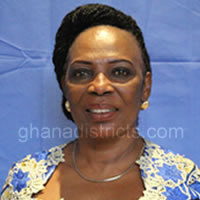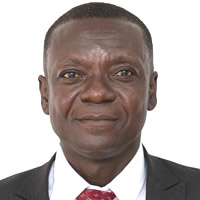Introduction
This chapter focuses on the analysis of population with disability, type of disability, disability by type of locality, disability and activity, disability, education and literacy. People with disability are faced with wide range of challenges which include physical, psychological and emotional. The effects of these on the individual are poor health conditions, lower educational attainment, higher poverty levels and low economic participation.
Disability according to the World Health Organisation is a problem in body function or structure; thus limitation or difficulty encountered by an individual in executing a task or action. Disability is thus not just a health problem but also societal issue. It is a complex phenomenon, reflecting the interaction between features of a person’s body and features of the society in which he or she lives. Overcoming the difficulties faced by people with disabilities requires interventions to remove environmental and social barriers (www.who.int, 2014).
Population with Disability
Table 6.1 indicates that out of total population of 1,665,086 in the Accra Metropolis in 2010, persons with disability stood at 47,281, representing 2.8 percent of the total population. Of the disabled persons, females (52.5%) were more than their male counterparts (47.5%).
Sight disability accounted for the highest percentage (44.6%) of all cases of which 56.6 percent were females while 43.4 percent were males. The least was hearing disability (9.3%).
Typesof Disability
Figure 6.1 shows that sight (43.2%) is the most common disability type in the Accra Metropolis, especially among females (56.7%). This is followed by physical disability (22.3%). It is also clear that more females had all forms of disabilities with the exception of speech and intellect disabilities.
Disability and Economic Activity
Table 6.2 shows persons 15 years and older with disability by economic activity status. The results indicate that 50.2 percent of the total population of disabled persons in the Metropolis were employed, 4.4 percent were unemployed while 45.4 percent were economically not active. The highest proportion employed was persons with emotional impairment (55.4%).
The table further shows that sight impairment was the highest among both females (1.7%) and males (1.4%). Physical disability is the highest form of disability among those who were economically not active (61.6%), especially among females (64.1%) than males (58.8%). Unemployment is highest among those with intellectual disability (5.5), and the proportion was slightly higher among males (5.6%) than females (5.4%).
Disability, Education and Literacy
Educational status is generally low in the population with disability in the region (GSS, 2012), but the case is different in the Accra Metropolis. Table 6.3 shows that persons with disability who had never attended school were 18.4 percent of the total disabled persons in the Metropolis.
It is evident also from the table that 1.0 percent of disabled population in the Metropolis had attained post graduate certificate, diploma, masters, PhD, etc of which males (1.6%) were more than females (0.4%). Table 6.3 further shows that more females (23.8%) than their male counterparts (12.3%) had never attended school.
Date Created : 4/24/2018 4:30:32 AM





